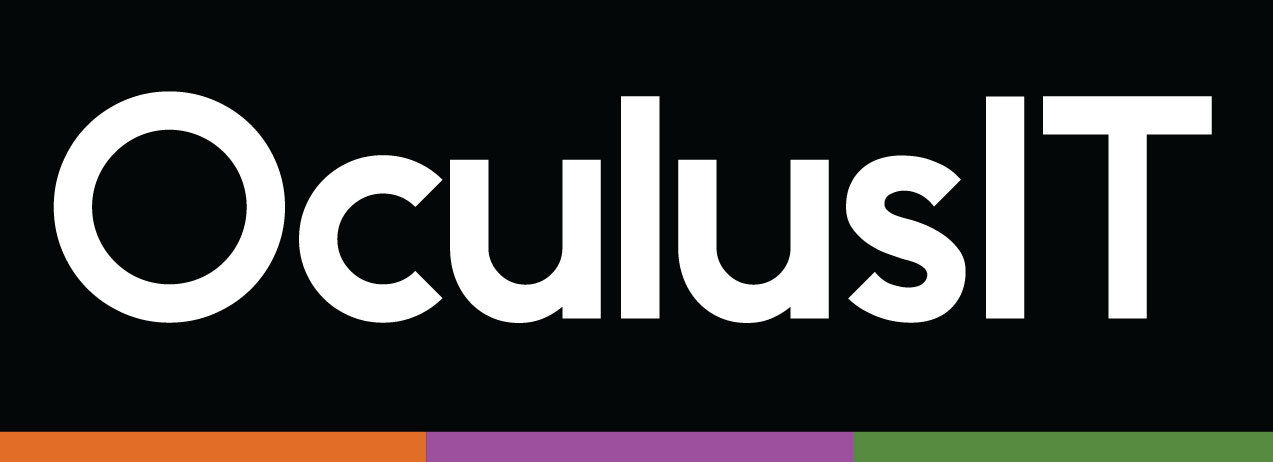Top 5 Must-Haves for Higher Education Institutions in Disaster Recovery Planning

Today, most colleges and universities have embraced what we call a ‘digital revolution’ in education. Campuses are becoming increasingly dependent on technology for their everyday operations, lectures and tutorials, data management and communication.
Dealing with an enormous amount of data and student records on an everyday basis, higher education institutions must be vigilant about their business continuity strategies, data privacy measures and backup options. Disaster recovery planning is the foremost technical step towards a robust business continuity strategy.
While most campuses have DR backup options in place, some of them may not be as efficient in case of an actual emergency. Here are 5 crucial steps that campuses shouldn’t overlook while evaluating their backup and recovery options:
- Classify Your Data
In emergency situations like a natural disaster, a cyberattack or a system breakdown, data prioritization is key. Campuses must classify their data assets based on their intrinsic value so that the DR team can figure out which applications to restore first. For example, level 1 may include identity management and access controls which can be covered by a secondary data center immediately. Level 2 may include student management systems and business applications. Tier 3 and 4 could have other non-critical applications and test/dev environments.
- Secure Your Data in the Cloud
With the inclusion of SaaS based environments for student data upkeep and management, it is crucial that we immune our digital records against a screeching halt in case of a disaster. Cloud-based DR solutions offer automatic failover with affordable, reliable, flexible and highly secured solutions. The cloud reduces hours to minutes, and even seconds, with a ‘hot’ DR site for instantaneous backup.
- Use a Centralized Command System
In case of ransomware and cyberattacks, colleges and universities must be ready for the unexpected loss of thousands of student records, their personal data, and even financial records. The quickest and easiest way to combat such a disaster is ensuring that all students store their critical data on a centralized campus data center rather than storing pockets of data locally on computers. The campus IT can thus safeguard critical data by replicating it to cold or warm DR sites, as plausible.
- Partner with a Trusted DR Services Provider
Lack of previous experiences with a disastrous situation or an emergency may lead to certain blind spots or gaps in the strategies developed by in-house IT teams. To ensure that campuses are fully immune and prepared to deal with the worst, they must consider partnering with a trusted DR services provider. Such vendors have not dealt with recovery methods previously, but have learnt, and therefore, evolved their methods of preparedness. They have the necessary recovery tools, devices and methods along with certified experts who monitor your systems 24×7 (Security Operations Center) if things go south.
- Think Long Term
One of the worst presuppositions that an organization can hold on to is that they will never be in a situation where they must respond to a natural disaster or cyberattack. As institutions where data is the most critical asset, campuses must install multiple options for data recovery. They must also focus on how to tackle the aftermath of a disaster rather than just its cause. Campuses must have crises response and management teams, alternative communication channels, conduct regular mock drills and cross functional exercises so that there are no blind spots.
It is incumbent that higher education institutions take disaster recovery and business continuity planning strategies seriously. Outdated and weak DR plans not only make campuses vulnerable but also threaten the safety of their staff and students’ personal data and expose themselves for financial losses and regulatory fines. CIOs and IT teams can take the first steps with their in-house teams and partner with certified and trusted DR providers to prepare and tackle the worst with their best.
Previous

